views
1. Know what’s in season.
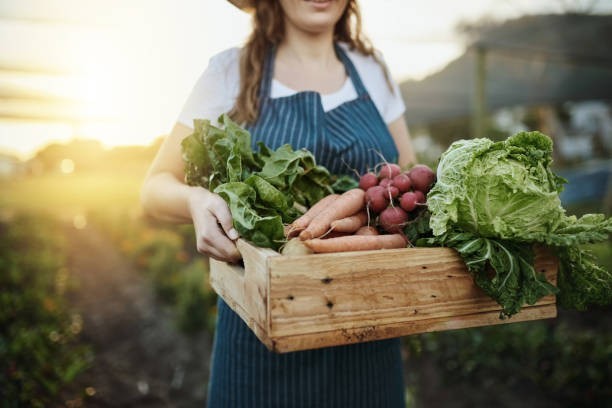
Seasonal veggies taste better, are usually cheaper, and travel less distance to your market.
2. Check color and vibrancy.
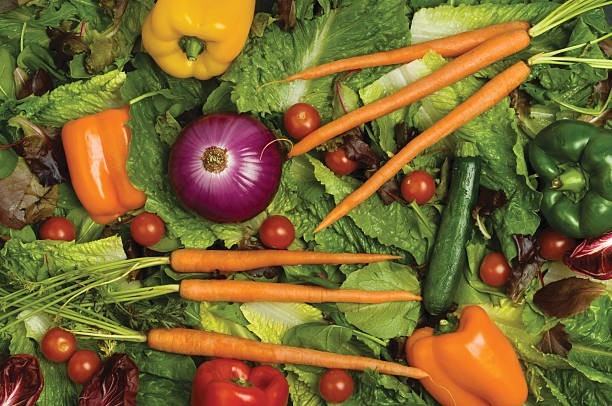
Bright, rich colors often signal freshness and higher nutrient content. Avoid dull, yellowing, or overly dark spots.
3. Feel the weight.
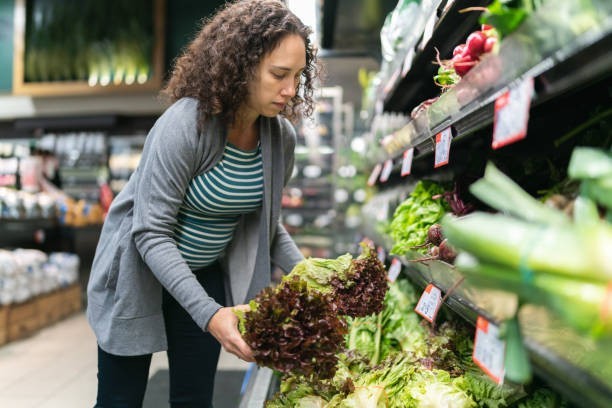
Heavier vegetables often mean they’re juicier and fresher (think tomatoes, peppers, or cucumbers).
4. Inspect the stems and leaves.
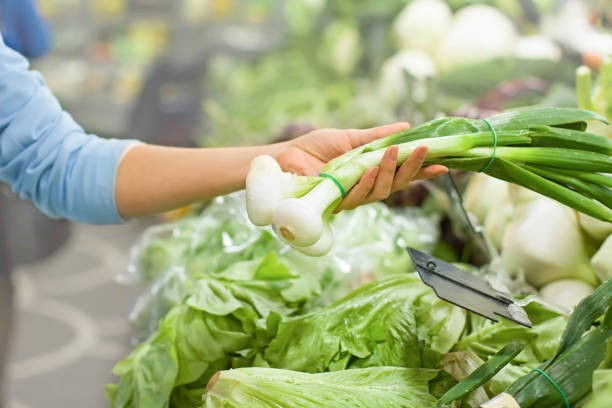
For greens, broccoli, or celery, look for crisp, vibrant stems and leaves instead of wilted or limp ones.
5. Avoid wrinkles and shriveling.

These are signs the vegetable has lost moisture and may be past its prime.
6. Check firmness.
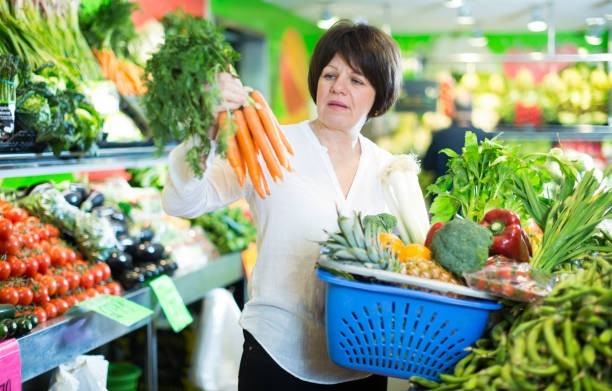
Veggies like carrots, zucchini, and bell peppers should feel firm and not bend easily or feel mushy.
7. Smell matters!

Fresh produce often has a clean, mild fragrance. Sour or musty odors can mean spoilage.
8. Watch out for cuts and bruises.
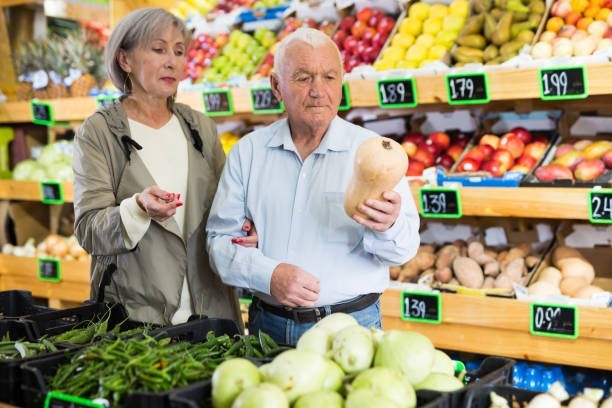
Small scratches are normal, but deep cuts, soft spots, or moldy patches speed up spoilage.
9. Buy whole when possible.
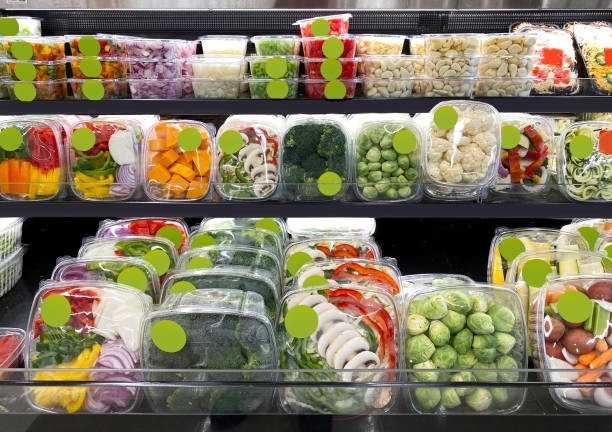
Pre-cut veggies often spoil faster. Whole produce keeps its freshness longer.
10. Shop at trusted local markets.

Farmers markets or local grocers often stock fresher, recently harvested produce.
🥕 Bonus tip: Store your veggies properly when you get home — leafy greens love a damp paper towel, and root veggies prefer a cool, dry place!
#FreshVegetables #ShoppingTips #HealthyEating #GroceryGuide #FarmersMarket #EatFresh #VeggieTips #CookingHacks #FoodieLife #Nutrition




















Comments
0 comment